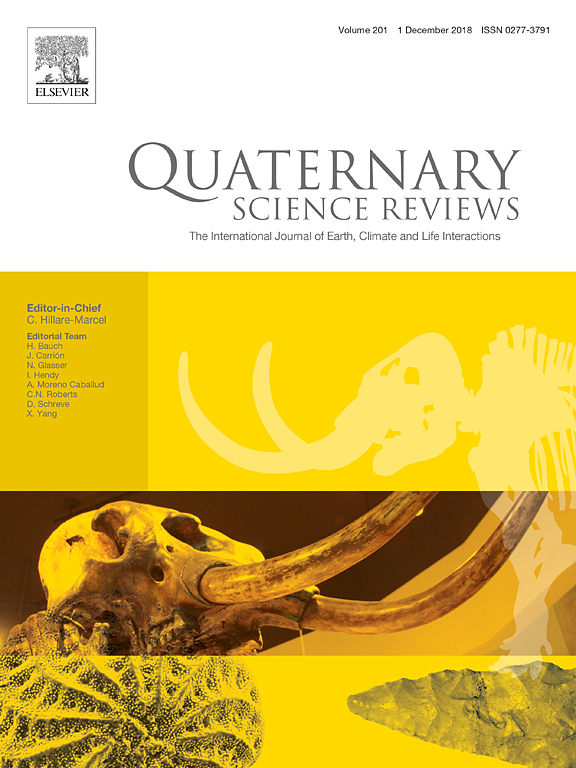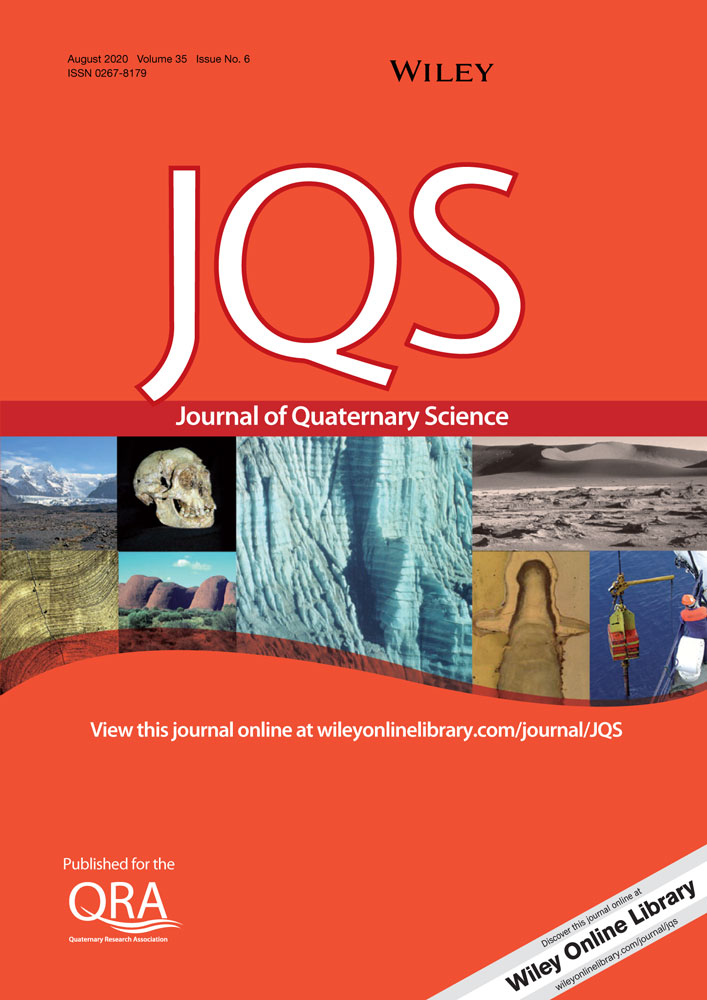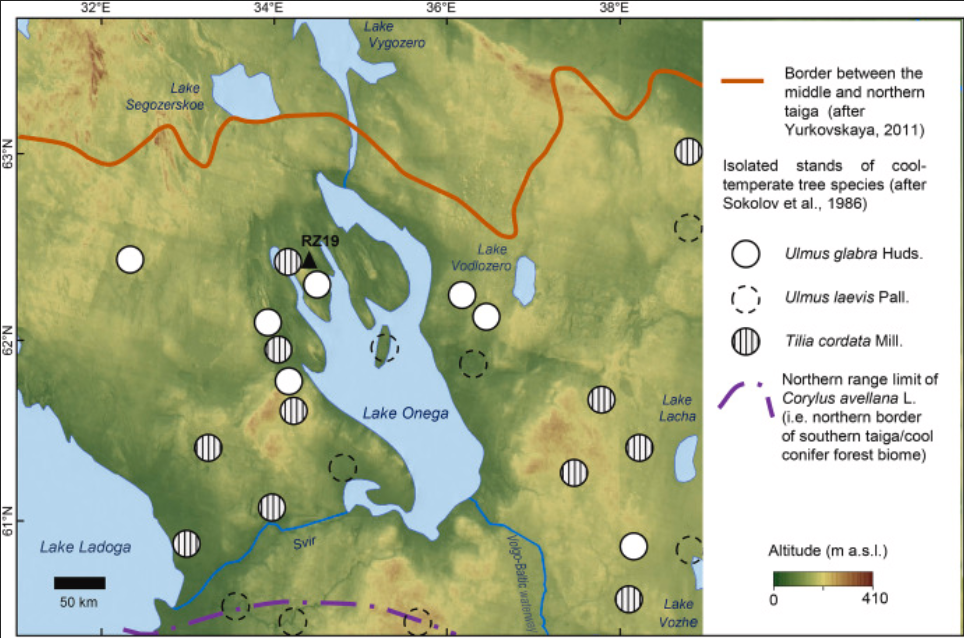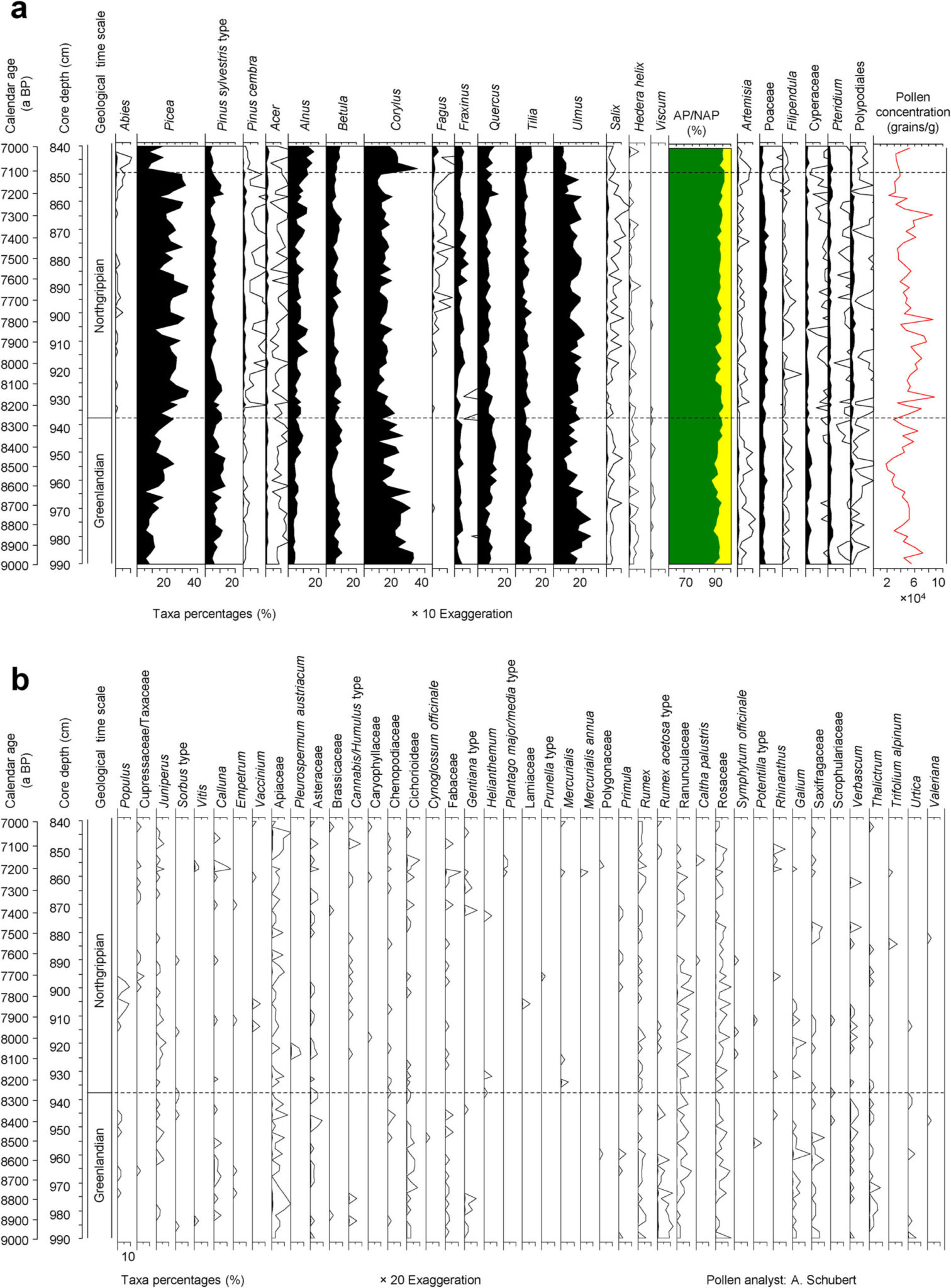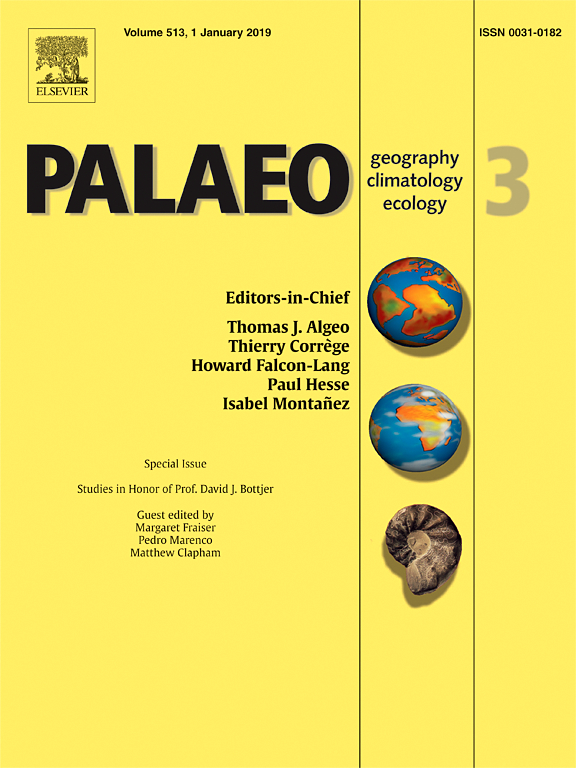Quaternary Science Reviews April 2024
Vegetation and fire history of the Lake Baikal Region since 32 ka BP reconstructed through microcharcoal and pollen analysis of lake sediment from Cis- and Trans-Baikal
Krikunova AI, Kostromina NA, Savelieva LA, Long T, Leipe C, Kobe F, Kostromina NA, Vasilyeva AV, Tarasov PE
With the increase in global wildfire activity in response to global climate warming, the reconstruction of long-term fire histories and their links to environmental and anthropogenic factors has recently become an important focus of palaeoenvironmental research. Here we compare the precisely radiocarbon (14C) dated long-term histories of vegetation change and fire activity from lakes Ochaul (Cis-Baikal) and Kotokel (Trans-Baikal) in the Lake Baikal Region (LBR) of Siberia, a known source region of wildfires whose past and future relationships [...]


